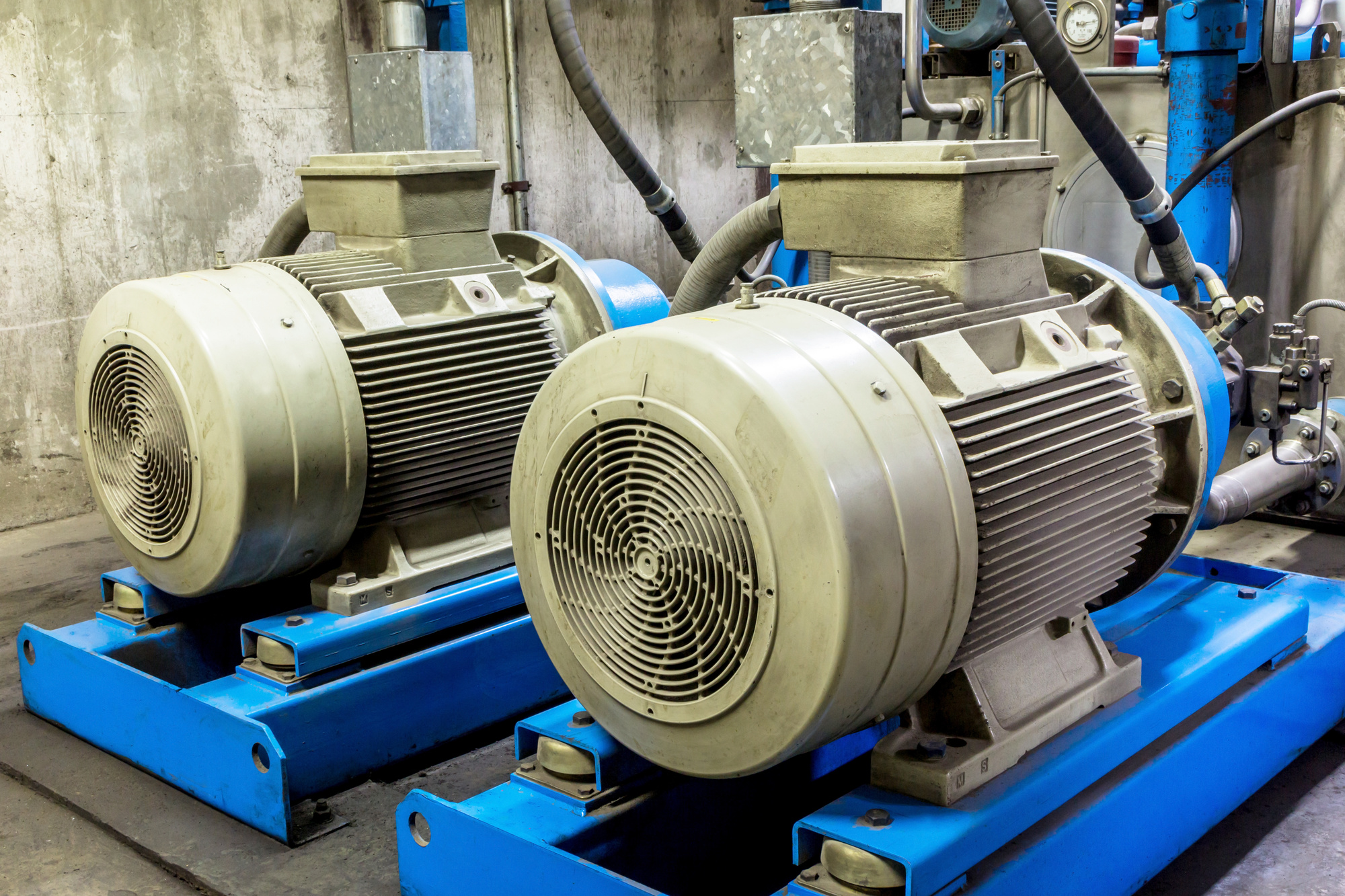Electric motors are incredible pieces of technology, with the capability to increase manufacturing production like never before. They’re also now being used for transportation, too.
From hair trimmers to electric bikes, electric motors are becoming a transparent part of our everyday experiences. We don’t always know they’re around, but an electric motor is in probably every device with moving parts that you can find.
It’s important that motors not only start and run but also have the ability to be slowed or stopped on command — even running in reverse.
So, why would you need to run an electric motor in reverse and how can you reverse an electric motor? Keep reading to find out.
Why Use a Bidirectional Electric Motor?
Before we start talking about how to reverse an electric motor, you might wonder when you would ever have use of one.
In manufacturing, machines such as lathes spin on an axis at high speed. A cutting tool presses against the workpiece and cuts the material away. This is an effective machining process that requires workpieces to spin in both directions.
Reversible motors allow cars to go forward and in reverse at full power. This is not only a nice feature, but it’s also essential as a safety precaution.
Escalators and elevators also depend on electric motors to raise and lower their moving parts. This works similar to a winch or a crane, which winds a steel rope or cable around a drum or allows it to spool out.
Even automatic doors employ motors that reverse direction to open or close for us. Without electric motors that can reverse direction, our lives would be several orders of magnitude less convenient.
How to Put the Brakes on an Electric Motor
There are three usual ways to slow or stop an electric motor. This is desirable, as the motor itself is designed to spin with very little friction. When you have a motor that spins at several thousand RPM, you could be waiting for ages for it to slow to a stop on its own.
The three methods of slowing an electric motor are:
- Dynamic braking
- Regenerative braking
- Plugging
Regenerative braking is often employed in vehicles, large or small, to recover kinetic energy and store it in batteries. There’s anywhere between a 40% to 70% efficiency depending on any number of factors. When the electric motor’s synchronous speed is lower than the speed of the rotor, mechanical energy turns the motor into a generator.
Normally, if there’s nowhere for the energy to go, it will cause a fault in the generator. However, if you give it a place to go like a battery, you recover energy. This effect can be exploited for elevators or cranes as well, since gravity can help out.
In that case, control over the speed of something’s descent is achieved by having the motor push against the force of gravity, but not enough to overcome it.
Regenerative braking itself isn’t enough to stop a quickly moving object. This form of braking employs a mechanical friction-based braking system as well.
Dynamic braking is the same as regeneration braking, except instead of giving the energy somewhere to go, it’s dissipated as heat by resistors and transistors.
Dynamic braking is used in situations where energy doesn’t need storage or reuse. Instead, it’s more ideal to dissipate the energy in another form — in this case, heat.
Lastly, we have plugging, reverse current braking.
Why Reverse Current Braking is Preferred
“Plugging,” as it’s commonly referred to, provides the fastest braking method as compared to coasting, regenerative, or dynamic braking.
The speed of the motor snaps to zero very fast, but also tends to be harsher on the electrical components and the mechanical ones. Plugging can be achieved on both AC motors and DC motors.
Reverse current braking reverses the polarity of the voltage. The electromagnetic force doesn’t oppose the supply voltage anymore. The back EMF and supply voltage then work in the same direction, opposite to the motor’s rotation.
The motor is forcing the rotor backward. Torque develops in the opposite direction of rotation. This backward force is the most effective way to stop a motor that is in motion.
If the electricity to the motor is not cut when the rotor reaches zero speed, the motor will begin to rotate in the opposite direction.
The major issue with plugging as a braking method is that it can be difficult for a zero-speed switch to brake the motor to zero and stop. The physical shock on the motor can harm the mechanical components. This is similar to a combustion engine suddenly seizing.
The plugging operation also creates significant amounts of heat. This heat needs to be dissipated so as not to demagnetize permanent magnets or physically damage circuitry.
However, the benefits often outweigh the drawbacks. For this reason, it’s used in presses, mills, cranes, elevators, and more.
Safety Feature
Many industries benefit from plugging for emergency stops or forcing a motor to slow down to a controllable speed for inspection. This situation frequently arises in machining, where a worker needs to inspect their workpiece while in operation.
Manufacturing as an industry accounts for 15% of all private industry injuries. Using electric motor braking technologies saves lives, careers, and pain for thousands of workers a year.
We’ve Reached Zero-Speed
Unfortunately, we’ve reached the end of the line when it comes to talking about plugging or reverse current braking.
TheUSAutoRepair.com is always here to give you more knowledge about how technologies and repairs go. Electric motors are no different, and while the technology continues to expand under the popularity of electric vehicles, we’re sure to see many exciting changes in common technologies.
Want to know more about DIY auto repair, auto maintenance, or auto safety? Keep browsing our articles for more!

